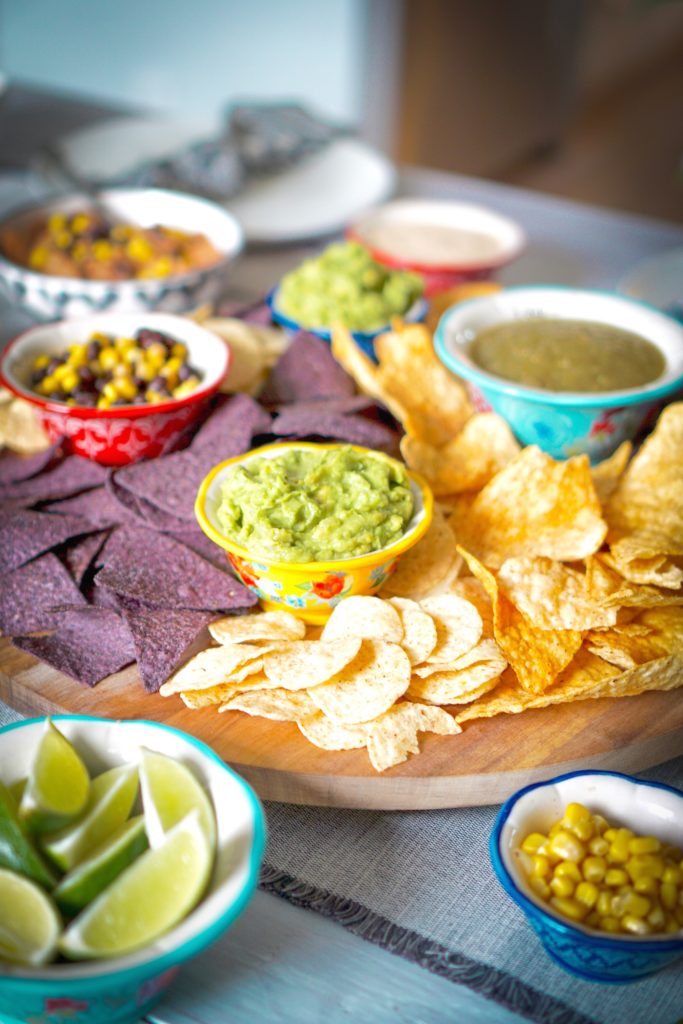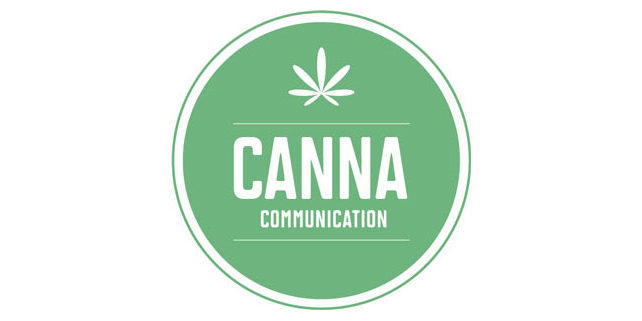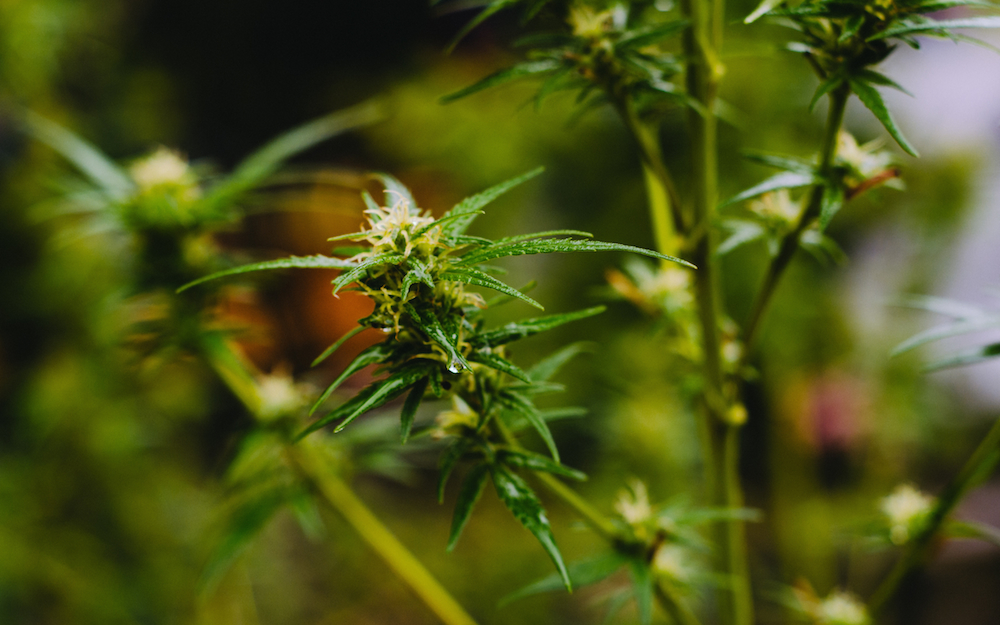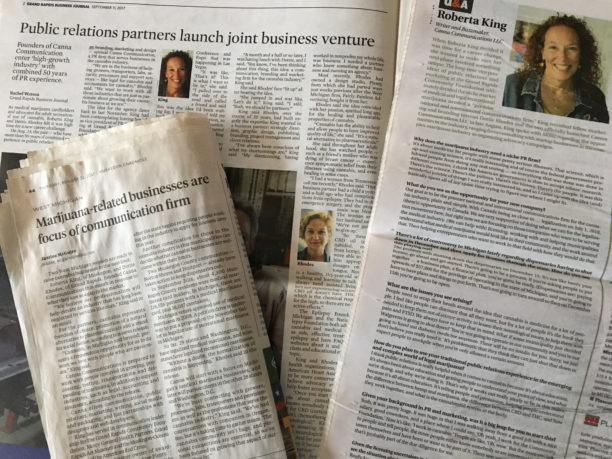A cannabis special event is one of the best ways for a business to connect directly with customers. An event gives a business the opportunity to showcase a place, a new product or an idea. A special event can be used to celebrate an anniversary, a grand opening, an expansion, a national holiday like Independence or Veterans Day or the high holiday of 4/20. You don’t need an official reason for hosting an event, it’s all about getting to know your customers.
Organizing a cannabis special event can be time-consuming, there are real benefits.
- It builds customer loyalty.
- It builds brand awareness.
- It attracts new customers.
- It provides space to inform people on a subject or a product
- It provides insight into your customers.
- It’s fun.
Putting together a cannabis special event for your business takes time and planning, but it’s worth it.
Outside of the ordinary planning points of a special event, we suggest paying attention to a few things that can truly make a difference to your attendees and the success of your special event.
- Choose your date and time carefully. Look at not only what’s happening in your community, but around the world. You don’t want to plan an event and have it fall on Rosh Hashanah, Good Friday, Super Bowl Sunday, the Michigan/Michigan State game day or Martin Luther King Day.
- Assign two point people to help “manage” the event. One is the host the other is the troubleshooter. Don’t have the host solving on the ground problems and don’t have the troubleshooter serve as the host. Your guests need attention as much as the problems do.
- Be fun, but be legal. Make sure that everything you do when it comes
 to marijuana is compliant with local and state laws. You don’t want to do anything that would jeopardize your license, whether that is onsite consumption, giving away product or serving alcohol in your space.
to marijuana is compliant with local and state laws. You don’t want to do anything that would jeopardize your license, whether that is onsite consumption, giving away product or serving alcohol in your space. - Give people something to do other than stand around. Whether it’s a game like corn hole (assuming you’re outdoors), building something like a jenga tower, a trivia game or even crayons to color on a table cover or provide a photo wall where they can take a selfie.
- Collect data on your guests while being a friendly host. When your guests check in, ask for their email and phone and for them to opt-in to your mailing or texting list. Ask them about their favorite way to consume cannabis and about the one thing they want you to carry that you don’t already have.
- Establish a hashtag for your event and post it where people can see it. Do your research to make sure it is unique and short. People will use it if they’re on social media and it will help you see what your visitors are saying.
- Door prizes, not raffles. Keep in mind that in most states a raffle requires a license, so don’t call your giveaway a raffle. People are pretty much happy to get anything free. Branded swag from your company, like a tee-shirt or a pint glass, is always a good option and big stickers, rolling papers and lighters are always welcome.
- Food is an essential part of any event—it should be simple, abundant
 and easy to eat. Keep in mind the time of your event, 5-7 PM is the dinner hour and people might expect heavier foods, 7-9 PM might lend itself to desserts and mid-afternoon is great for veggies, cheeses and crackers. Keep in mind food preferences like vegetarians and allergies like gluten and provide options. Label your food and make sure your troubleshooter knows what’s in the food you’re serving. If you’re serving infused food make sure it’s clearly labeled with potency and that you’re not outside the law.
and easy to eat. Keep in mind the time of your event, 5-7 PM is the dinner hour and people might expect heavier foods, 7-9 PM might lend itself to desserts and mid-afternoon is great for veggies, cheeses and crackers. Keep in mind food preferences like vegetarians and allergies like gluten and provide options. Label your food and make sure your troubleshooter knows what’s in the food you’re serving. If you’re serving infused food make sure it’s clearly labeled with potency and that you’re not outside the law. - Music is essential to setting the mood for your event and developing a playlist isn’t an easy task. Keep in mind your audience and the purpose and time of your event and use music that works to meet those goals. If you know someone who really knows music, ask that person to make suggestions for your mix. Using a paid subscription to a music service can provide a party mix without ads.
- Thank your attendees. With collected emails or phone numbers, you can send a quick note after the event and let them know how much you appreciated their attendance. It’s also a great time to offer a discount on something you’ve got in stock.
Need a hand with planning your next cannabis special event? Give us a shout and we’ll give you the help you need to make it perfect.



 Undoubtedly, you’re wondering about how to get 2000 email addresses, and you are also aware that spamming people is wrong. Is it illegal? It depends on what you are saying, how you came by the email address and your intention. Writing a subject line that is intended to deceive people is spam. Sending an email to someone you met at a networking event isn’t spamming. Using a bot to gather up email addresses and sending something to thousands of people you have no relationship with is spamming. People in your database will have the ability to opt out of your emails, so sending to them is fine. Most providers (like MailChimp) have all the anti-spam requirements built into the software. The
Undoubtedly, you’re wondering about how to get 2000 email addresses, and you are also aware that spamming people is wrong. Is it illegal? It depends on what you are saying, how you came by the email address and your intention. Writing a subject line that is intended to deceive people is spam. Sending an email to someone you met at a networking event isn’t spamming. Using a bot to gather up email addresses and sending something to thousands of people you have no relationship with is spamming. People in your database will have the ability to opt out of your emails, so sending to them is fine. Most providers (like MailChimp) have all the anti-spam requirements built into the software. The  One of the most important aspects of cannabis business email marketing is the subject line. What are you going to say to get people to open your message and act? Make it short around 65 characters, use emojis carefully and make it intriguing. If you wonder if it will work, do an AB test with your list. Send half of the messages with one subject line (a) the rest with another (b) and see which gets a better open rate.
One of the most important aspects of cannabis business email marketing is the subject line. What are you going to say to get people to open your message and act? Make it short around 65 characters, use emojis carefully and make it intriguing. If you wonder if it will work, do an AB test with your list. Send half of the messages with one subject line (a) the rest with another (b) and see which gets a better open rate.


 needs circulated air, specific food at certain times. You don’t want it to cross-pollinate with other plants and it’s vulnerable to a variety of issues that can ruin it. Killing a plant that is as valuable as cannabis is a mistake no grower wants to make. Growers also don’t want to create a sub-par flower. That’s a lot of pressure!
needs circulated air, specific food at certain times. You don’t want it to cross-pollinate with other plants and it’s vulnerable to a variety of issues that can ruin it. Killing a plant that is as valuable as cannabis is a mistake no grower wants to make. Growers also don’t want to create a sub-par flower. That’s a lot of pressure!
 the millions, you can’t beat the mainstream media for getting your message to people.
the millions, you can’t beat the mainstream media for getting your message to people.  Content creation is hard work, but it’s essential. Your website’s SEO and social media depend on new, original, relevant and fresh content—which can be blogs, videos or images. Ideally, you’ll create new content once a week, but that can be a struggle without ideas, a plan or professional help.
Content creation is hard work, but it’s essential. Your website’s SEO and social media depend on new, original, relevant and fresh content—which can be blogs, videos or images. Ideally, you’ll create new content once a week, but that can be a struggle without ideas, a plan or professional help. 

 Take time every day to read/watch/listen to cannabis news, especially regarding Michigan and cannabis as medicine. You expect expertise from businesses you patronize and your customers expect the same from you. You need to be able to help people understand the business of cannabis, too. Be accurate with your information and data, you don’t want to be the source of bad information. This acquired expertise will also help you as you connect with the media where your business is located.
Take time every day to read/watch/listen to cannabis news, especially regarding Michigan and cannabis as medicine. You expect expertise from businesses you patronize and your customers expect the same from you. You need to be able to help people understand the business of cannabis, too. Be accurate with your information and data, you don’t want to be the source of bad information. This acquired expertise will also help you as you connect with the media where your business is located. and images that you put on your website and on your social media pages. It needs refreshing regularly. High-quality content is an integral part of communication and marketing and while you’re selling something, you’re also helping people understand the why of what you’re doing. If you don’t have social media pages for your company, yet, get them established. You can do this long before your new marijuana business is open. It’s good to get your name out there, connect with people and practice your content posting habits.
and images that you put on your website and on your social media pages. It needs refreshing regularly. High-quality content is an integral part of communication and marketing and while you’re selling something, you’re also helping people understand the why of what you’re doing. If you don’t have social media pages for your company, yet, get them established. You can do this long before your new marijuana business is open. It’s good to get your name out there, connect with people and practice your content posting habits.
 there.This is where you explore your potential audiences, your competition, the landscape of legislation and how people are reacting to what you are doing. You can read articles on a topic you want to know more about, you can ask questions of people who are potential customers; you can do a Survey Monkey or a poll on Twitter or Facebook.
there.This is where you explore your potential audiences, your competition, the landscape of legislation and how people are reacting to what you are doing. You can read articles on a topic you want to know more about, you can ask questions of people who are potential customers; you can do a Survey Monkey or a poll on Twitter or Facebook.
 Want to learn more about public relations for your cannabis business and how to expand your reach? Let’s talk!
Want to learn more about public relations for your cannabis business and how to expand your reach? Let’s talk!
 Getting Ready to Grow Your Business Now
Getting Ready to Grow Your Business Now